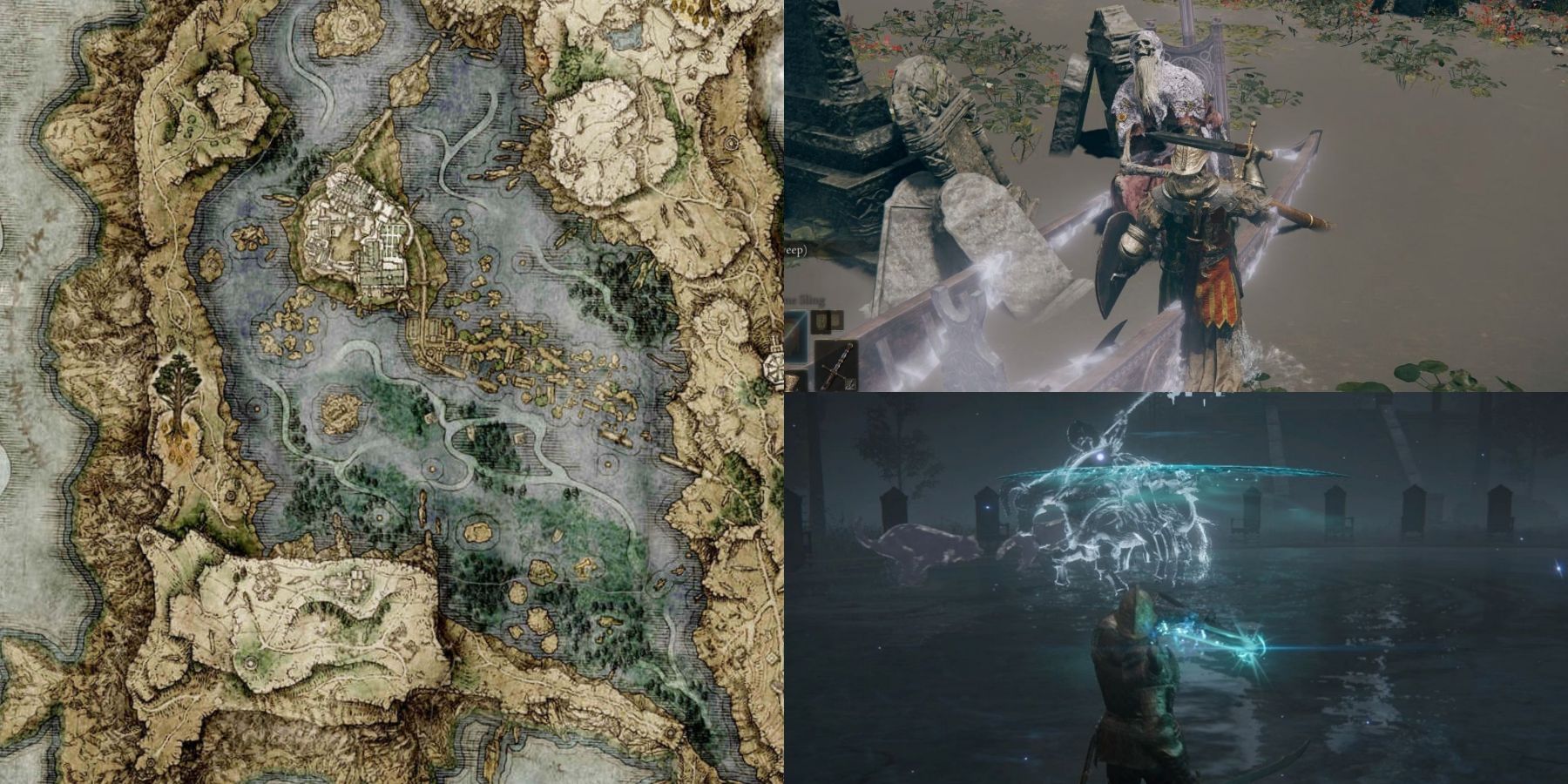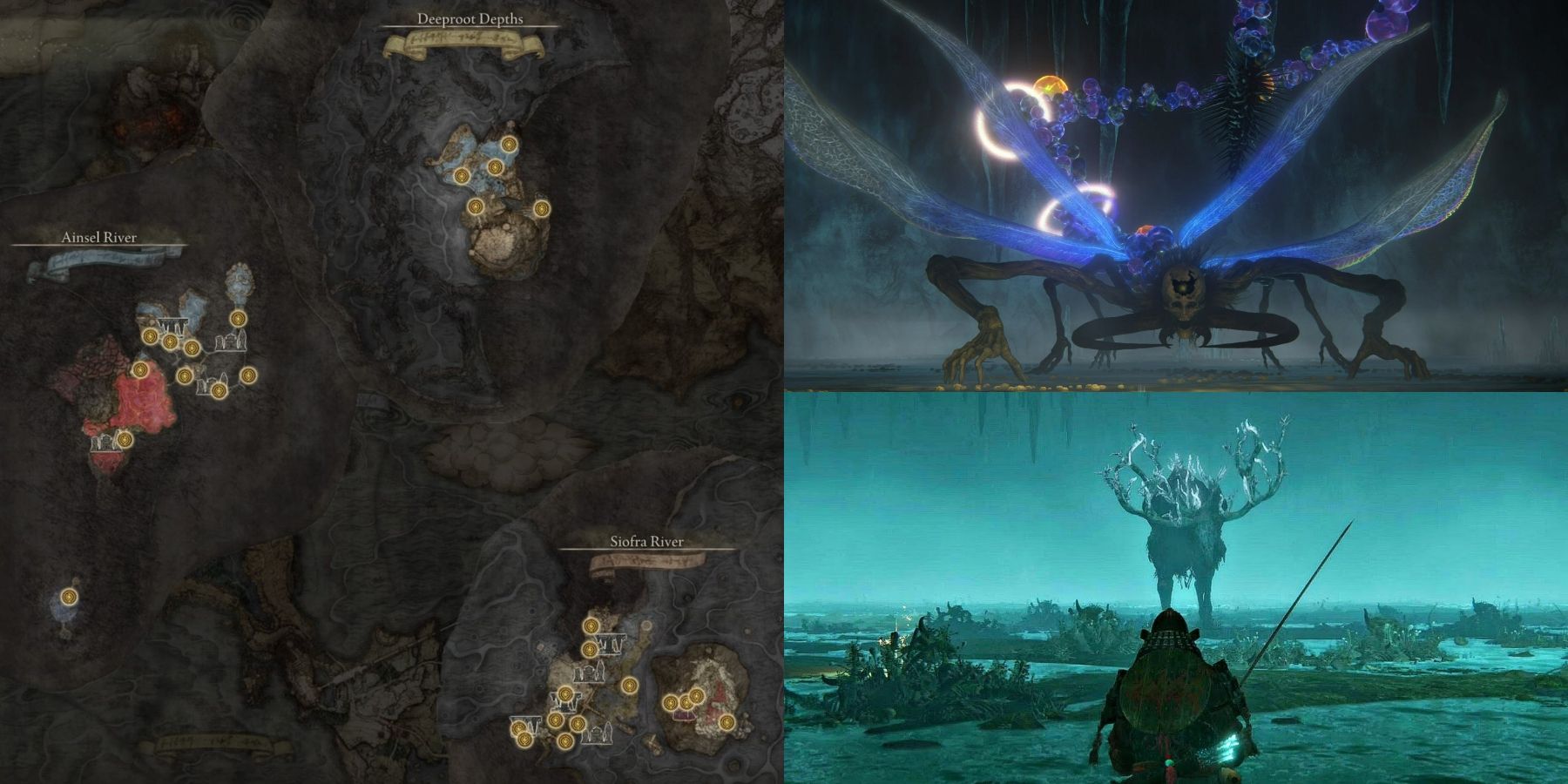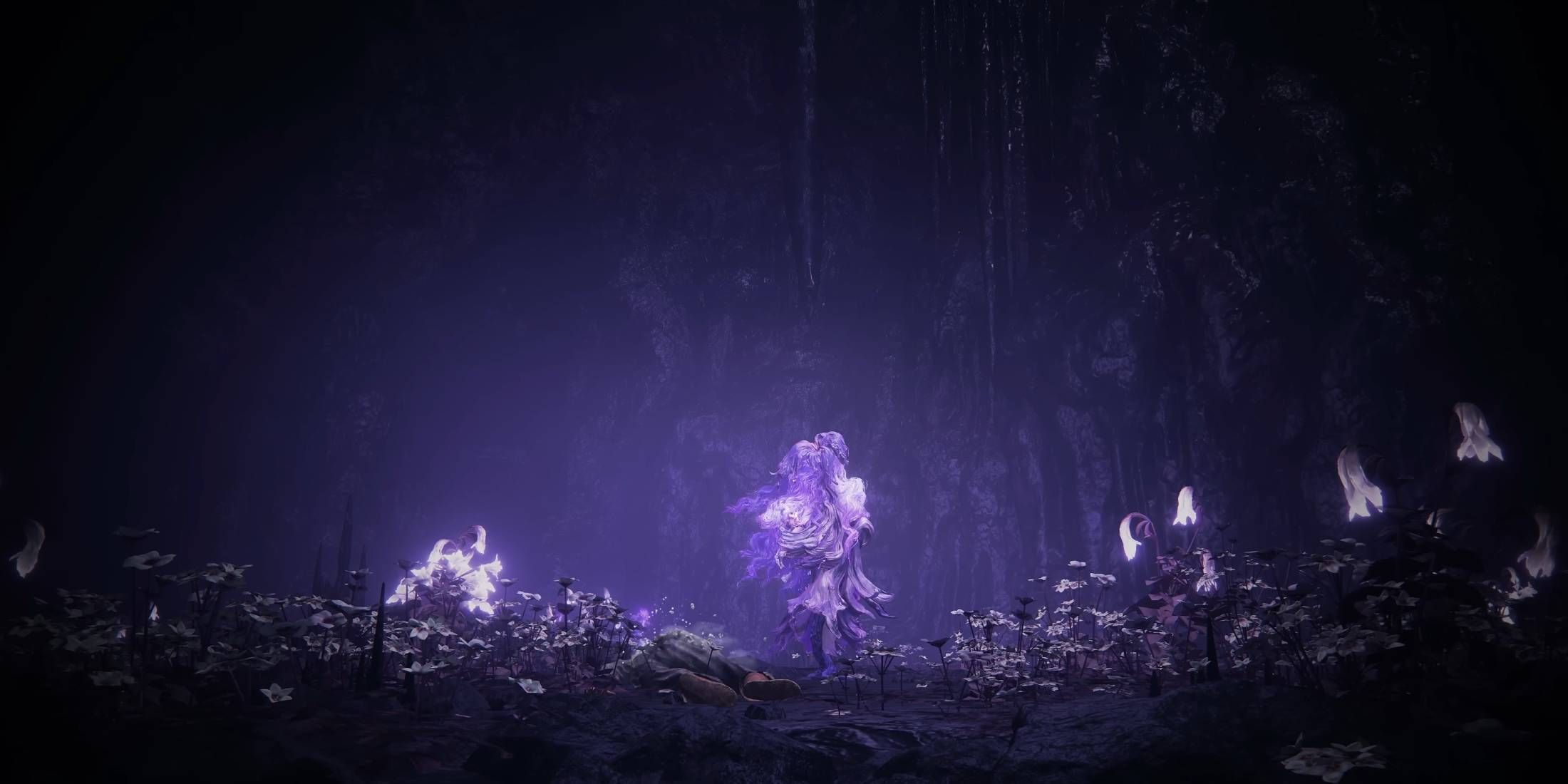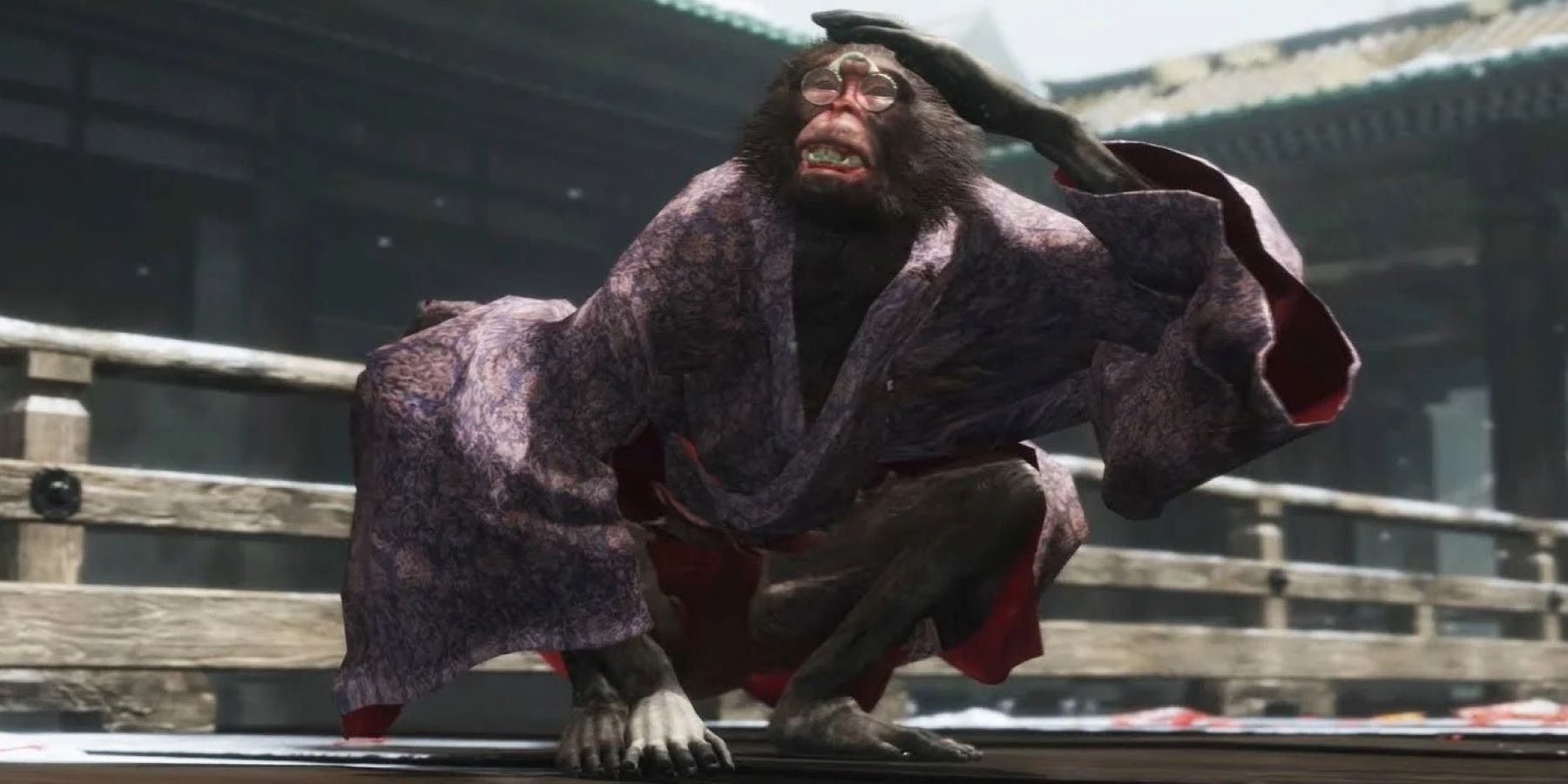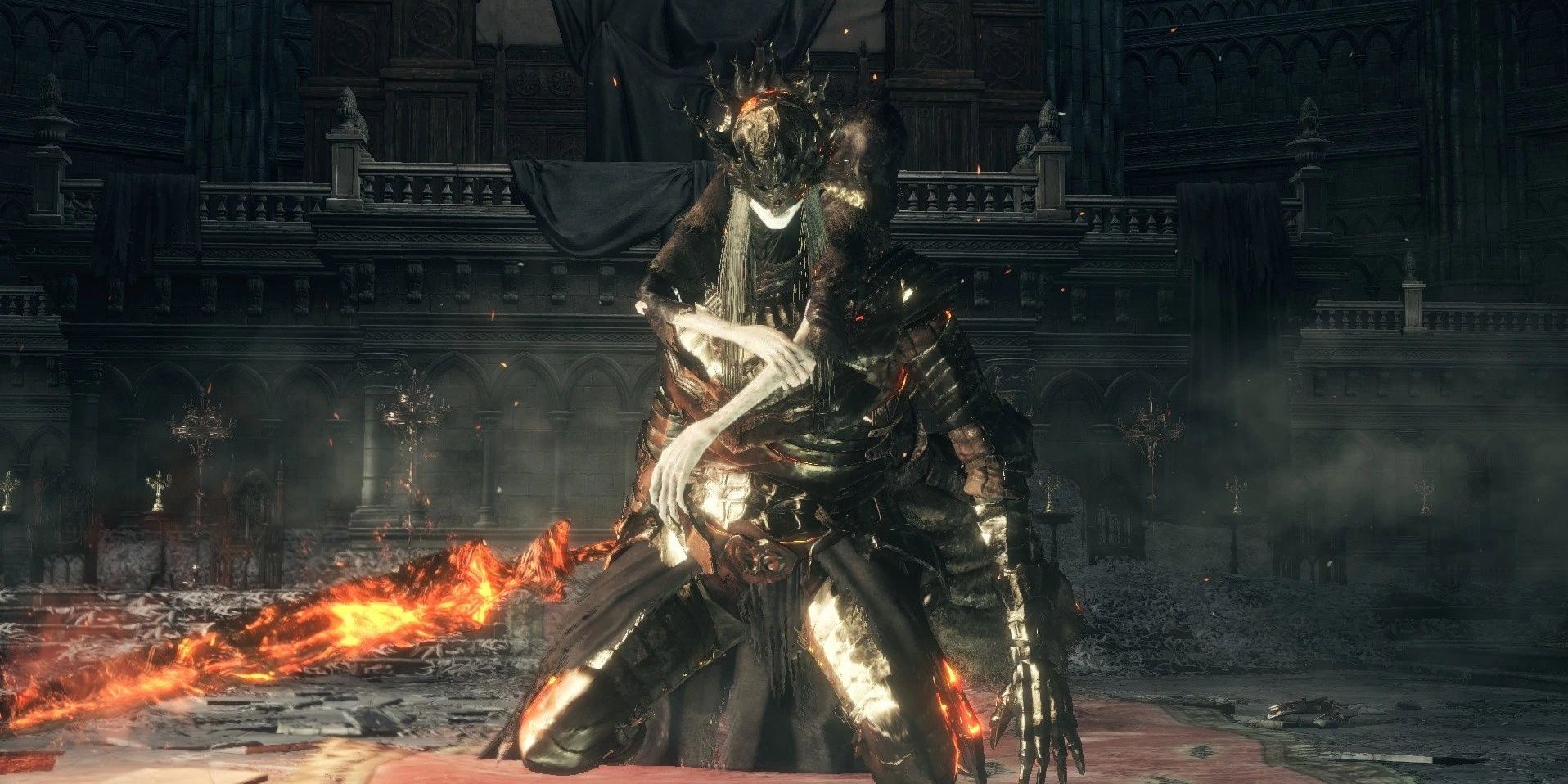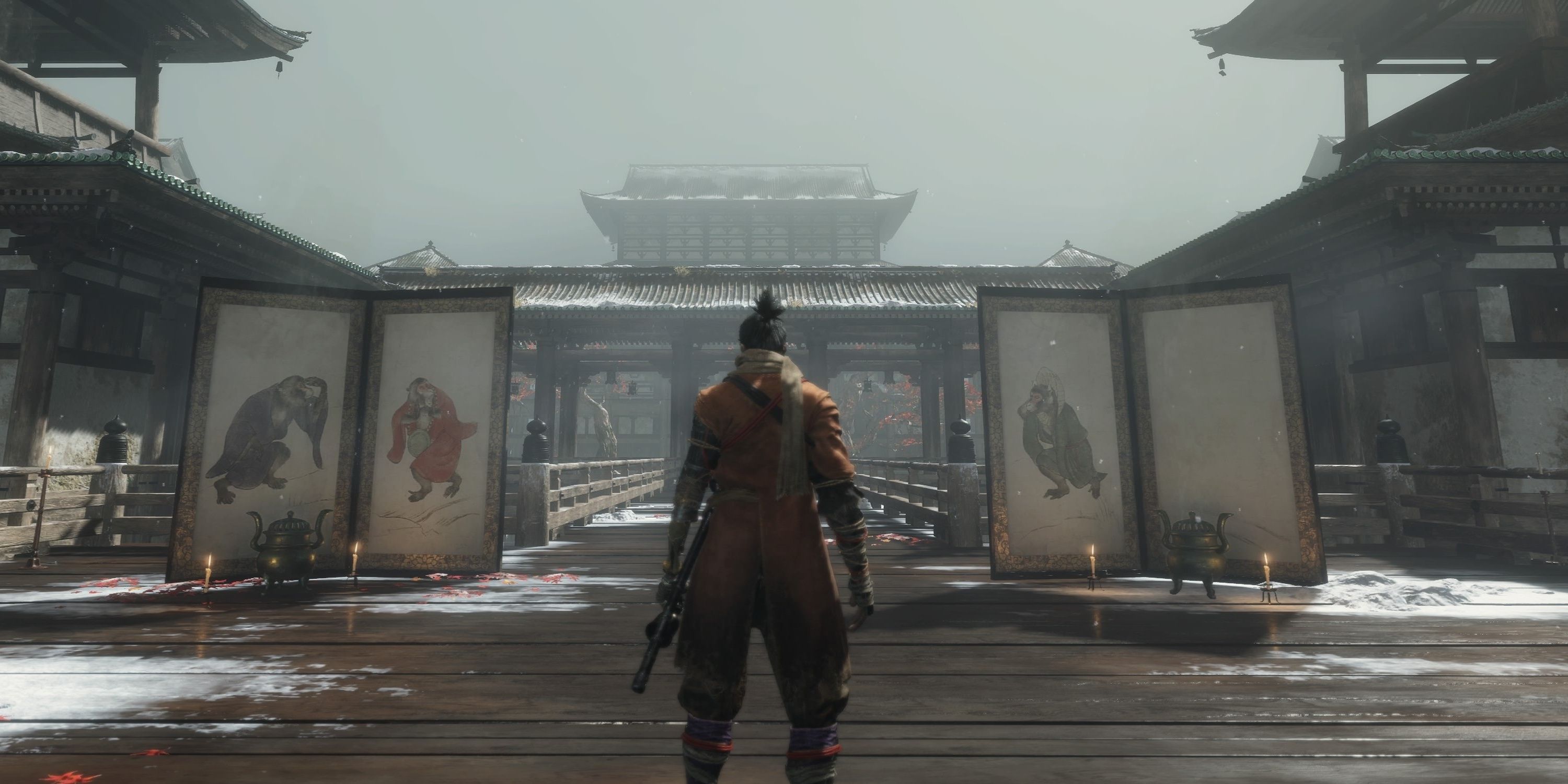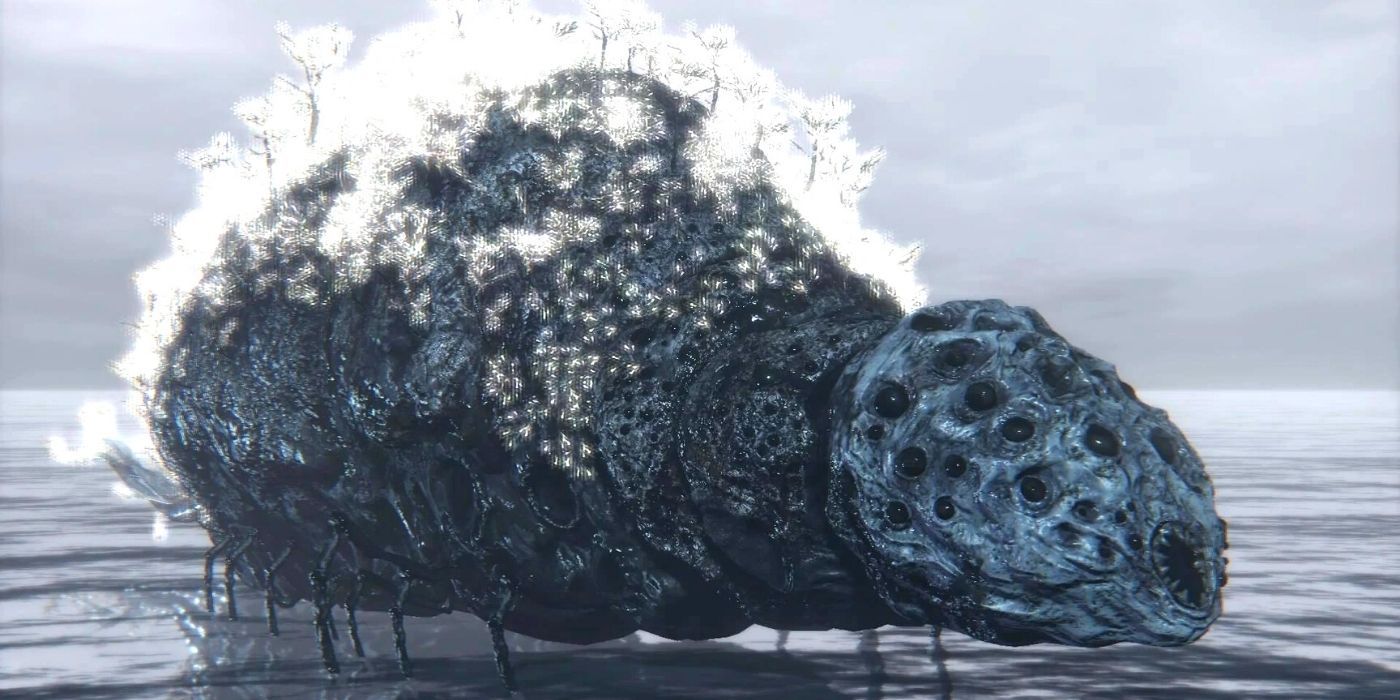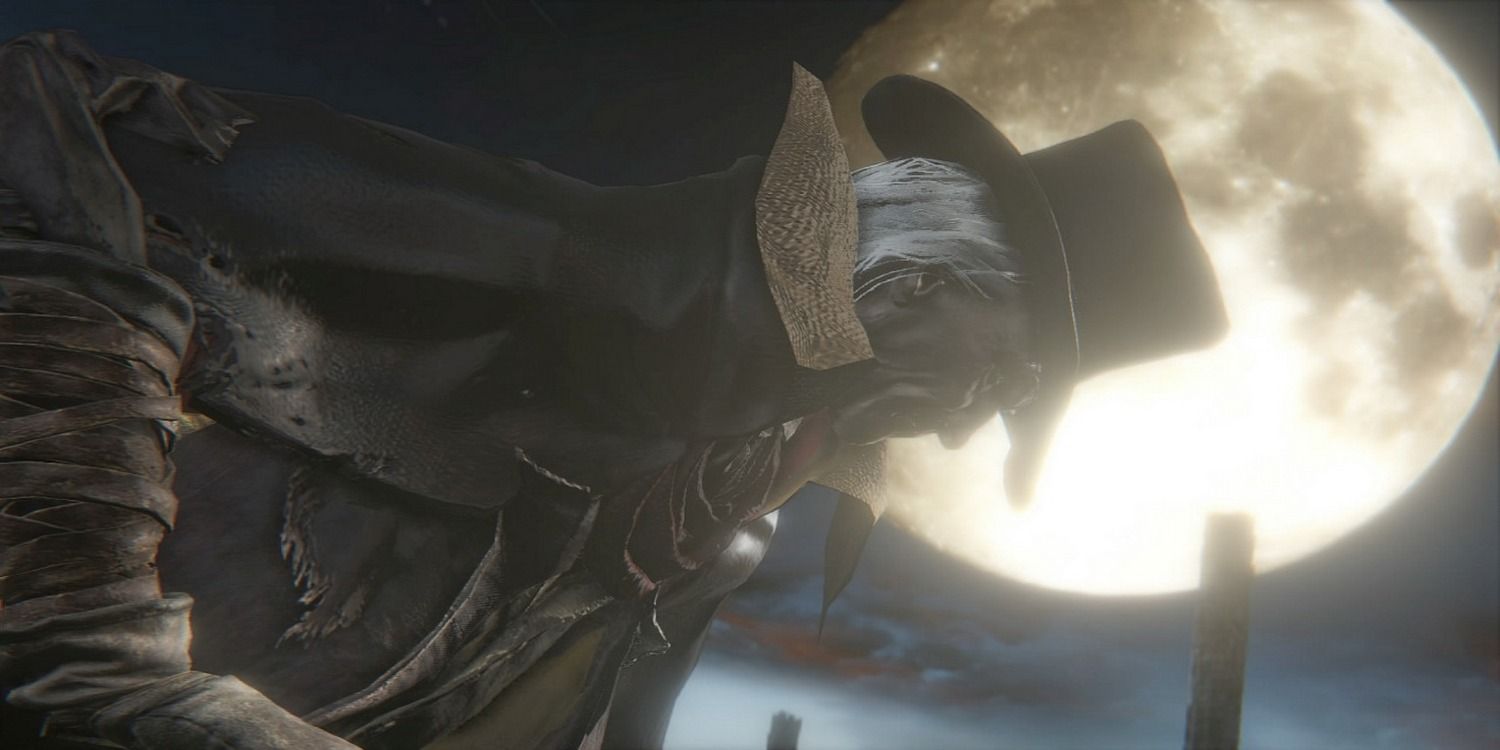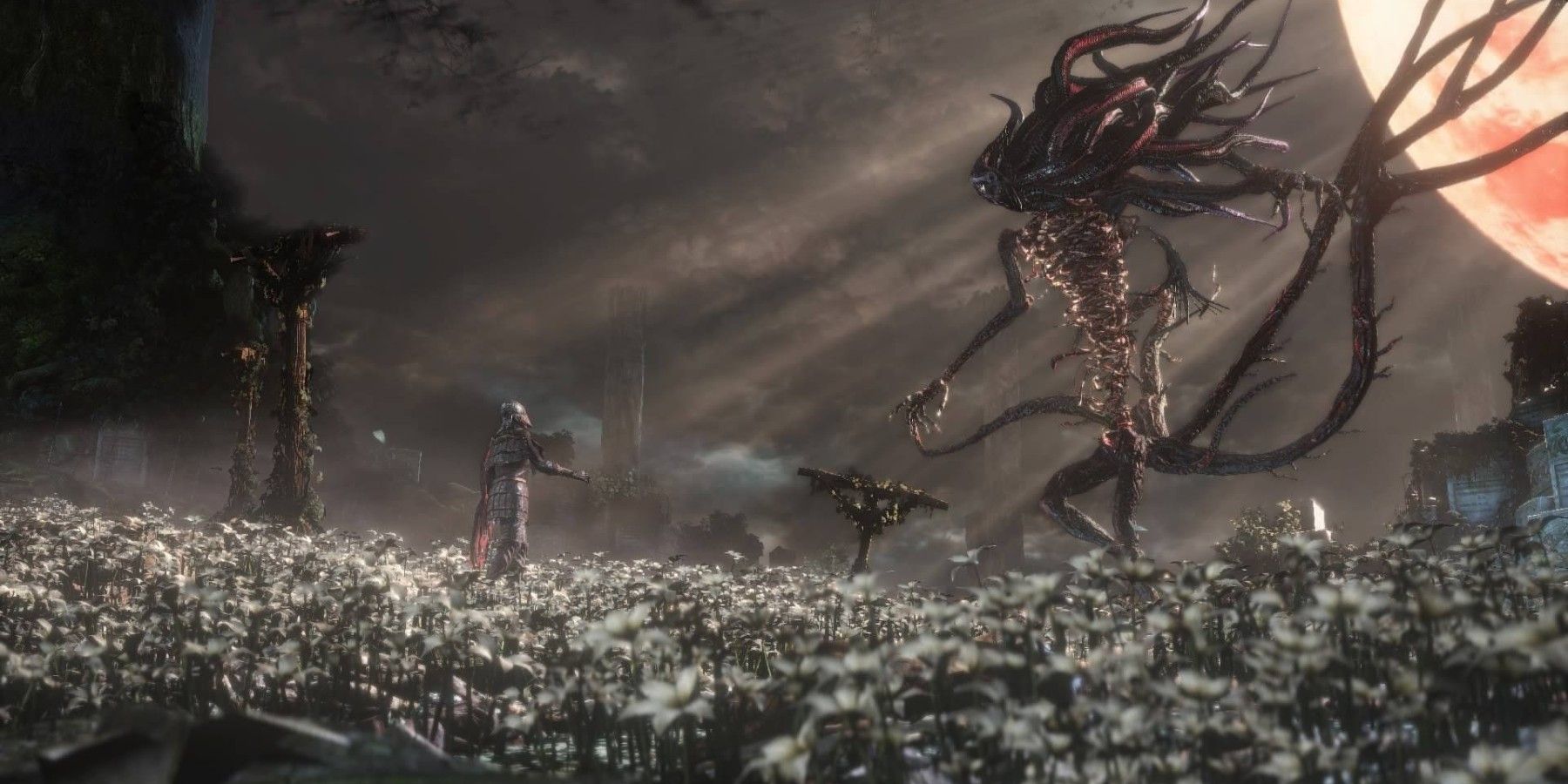Elden Ring has no shortage of epic and memorable boss fights. From dungeons with buffed-up final enemies ordinarily found in certain areas of the open-world to the extravagant Demi-God fights benchmarking the game’s narrative, the range and diversity of boss encounters in Elden Ring makes it difficult to image just how FromSoftware is going to top its latest title.
With Elden Ring DLC hopefully around the corner, it’s helpful to take a look back at the types of boss fights from previous FromSoftware games that worked particularly well. There are several boss concepts from the Souls trilogy, Bloodborne, and Sekiro: Shadows Die Twice that would be worth revisiting in new Elden Ring content.
Partner Bosses Like the Twin Princes
Although encounters with multiple bosses in a single fight are quite common in FromSoftware games, partner bosses are a rarer breed. What truly makes these bosses “partners” is that their attacks and moves complement one another and essentially create a single experience. A great example of this is the fight with Dark Souls 3’s Twin Princes. In the second phase, players must dodge both attacks from Lorian and Lothric’s magic. Since Lothric is the Lord of Cinder, players need to direct most of their damage to his health bar or else he will continue to revive his fallen brother. What makes this duo so memorable is that the Twin Prices work together in a way that feels like a cohesive, almost singular boss fight.
Elden Ring does feature many fights with multiple bosses, including the Misbegotten Warrior and Crucible Knight Fight as well as Perfumer Tricia and Misbegotten Warrior. However, these teams don't bring the same kind of true synergy that the Twin Princes do. The closest Elden Ring comes to a partner fight is the infamous Godskin Duo, but even then the fight struggles to feel like anything as cohesive and complementary as the Twin Princes.
Puzzle Fights Like the Folding Screen Monkeys
So-called “gimmick” bosses are common in FromSoftware games, and they get their names from the way they offer players some type of mechanic that plays around with the typical boss formula. Whether it be a specific weapon that deals unique damage to its respective boss, a hidden path in the arena that allow players to attack the boss from a better position, or a weak-point that makes the fight significantly easier, gimmick fights throw out the traditional method of learning attacks and timing dodges typical of Soulsborne bosses.
One of the most unique gimmick fights FromSoftware has created is the Folding Screen Monkeys from Sekiro: Shadows Die Twice. In fact, for a game that focuses so much on its sword mechanics, the encounter is barely a fight at all. Instead, it feels much more like a puzzle than anything else. This type of gimmick works particularly well because it feels earned. Instead of offering players a unique weapon or hinting at a specific weakness, there isn’t much of a way “around” the Folding Screen Monkeys in the same way other gimmicks can feel like a cheat-code. The Folding Screen Monkeys offer a puzzle boss blueprint for Elden Ring.
Horde Bosses Like Rom, the Vacuous Spider
The Horde Boss is a controversial concept, in part because it is difficult to pull off. The core mechanics are pretty straightforward. There is either a central boss with weaker minions fighting the player off or the entire boss itself is a group of enemies. The hardest thing to pull off when creating these encounters is making a fight that feels fair and balanced instead of chaotic and overwhelming. Rom the Vacuous Spider or Celestial Emissary from Bloodborne and Deacons of the Deep in Dark Souls 3 are some examples of this type of boss fight, and just like the overall horde category, all three are equally controversial.
Although the level of difficulty varies, what works in good horde fights is figuring out who or what to fight first. Elden Ring does this most notably with Rennala in the first phase of her fight, and it works incredibly well. The experience of a horde boss can vary from aggravating to captivating, but if the DLC can offer the latter it is certainly a worthwhile concept to revisit.
Gehrman and Isshin as Final Trial Boss Fights
The linear narrative of previous Soulsborne entries led players down a controlled path towards a final bossfight that, more often than not, wrapped up the story elements of the game. However, several final bosses went an extra step and used the final boss to wrap up both the story and gameplay mechanics.
For example, Gehrman in Bloodborne tests how well players use their hunter skills. Almost all of Gehrman’s attacks can be parried, a crucial mechanic of Bloodborne, and players who take advantage of the game’s more aggressive style will have an easier time beating him. Similarly, Isshin in Sekiro: Shadows Die Twice pulls from several other bosses in the game to challenge players with advanced attack combos and unpredictable moves. The fight against Isshin throws Sekiro mechanics at players like flashcards to test their mastery of the game.
Of course, with a game that leans in so heavily to the RPG elements like Elden Ring, it’s difficult to centralize all gameplay methods into one ultimate final trial. However, the final boss fight between Radagon and the Elden Beast, when compared to Gehrman or Isshin, did little to tie the gameplay together. DLC could do well to focus on finding a commonality to round out Elden Ring’s mechanics.
Secret Bosses Like Aldia and the Moon Presence
There are optional bosses throughout Soulsborne games, especially Elden Ring. However, a subset of the optional boss type is the secret boss that requires players to meet a certain set of requirements in order to fight them. Secret battles often offer a greater reward for engaging with the world and story while revealing more lore. The fight with Aldia, Scholar of the First Sin, in Dark Souls 2 is only achieved once players exhaust all of his dialogue and defeat two other enemies. Aldia repeatedly appears throughout the game and is an integral part of its narrative. Meeting the requirements to fight him only comes after players fully explore his position within the story, and the end of his arc helps shape the meaning of the game.
Another iconic secret boss is Bloodborne’s Moon Presence. The Moon Presence can only be accessed after consuming three umbilical cords, a requirement that is sparingly and ambiguously hinted at in the game. Ushering in one of three possible endings, and by far the most unique, the fight with the Moon Presence adds a great deal of nuance to the game’s narrative and really elevate the themes of cosmic horror. Elden Ring is certainly rich with lore, and DLC should incorporate more secret bosses, among several other iconic boss concepts. Doing so would reward unique play styles, encourage deeper engagement with the lore, and round out the time players have spent with the game.
Elden Ring is available now for PC, PS4, PS5, Xbox One, and Xbox Series X/S.

